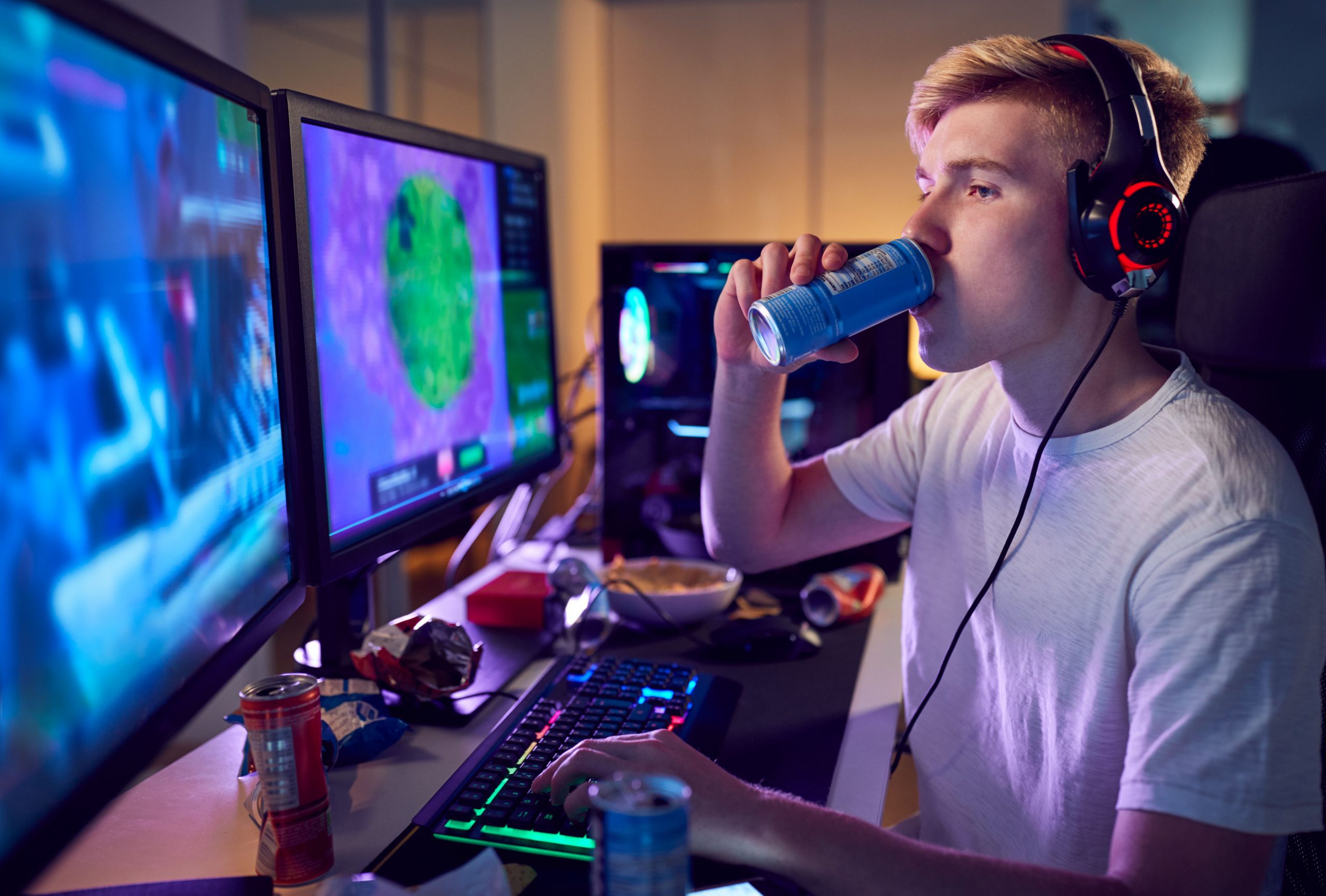Electronic device use and beverage related sugar and caffeine intake in US adolescents


The CNP Eating Behaviors, Social Media, and Screens Research Category explores the research behind how social media and screens impact child and adolescent dietary intake and eating behaviors. To view each original study on the open internet, click “Original.” To view the CNP-written abstract summary, click “CNP Summary.” While only some of the CNP-written abstract summaries are available below for free, all abstract summaries are available to CNP members through the CNP Library Membership.

It is commonly recognized that exposure to various picture types on social media may impact one's physical and mental health and alter one's impression of one's body image (BI) and eating habits. This study by Zeeni et al. (2024) evaluated how exposure to Instagram posts about junk food affected young adults' perceptions of their bodies, moods, and appetites. A crossover experimental design with randomization was employed. Participants (n = 63, ages 18 to 24) spent 15 minutes browsing the feeds of two different Instagram accounts—one devoid of photographs of junk food and the other filled with images—after completing a baseline survey. After that, they responded to a brief questionnaire measuring their mood, desires, and state BI (T1). Following a one-week washout interval (T2), users perused the other account and then completed the identical brief survey as in T1. Data analysis showed that in addition to heightened appetites for savory, salty, and fatty foods, exposure to junk food content was linked to increased stress, hunger, melancholy, and weariness. Furthermore, after exposure to junk food content, individuals displayed a greater demand for junk food and a reduced desire for healthy food items from a virtual meal tray. The type of material participants viewed had little effect on state BI discontent. In summary, the authors comment that social media exposure to content about junk food has a detrimental impact on mood and desires, influencing what people eat. The current research highlights the necessity of treatments that provide emotional and cognitive skills to improve media literacy and encourage cognizance of social media use.
Electronic device use and beverage related sugar and caffeine intake in US adolescents
What’s on YouTube? a case study on food and beverage advertising in videos targeted at children on social media
CNP Research Summary can be found in the CNP Library Membership
Like and share: associations between social media engagement and dietary choices in children
Selling health and happiness how influencers communicate on Instagram about dieting and exercise: mixed methods research
CNP Research Summary can be found in the CNP Library Membership
#StateOfMind: family meal frequency moderates the association between time on social networking sites and well-being among U.K. young adults Social Media Influencer Marketing and Children’s Food Intake: A Randomized Trial
Watching television while eating: associations with dietary intake and weight status among a diverse sample of young children
CNP Research Summary can be found in the CNP Library Membership
Association between screen time, fast foods, sugar-sweetened beverages and depressive symptoms in Chinese adolescents